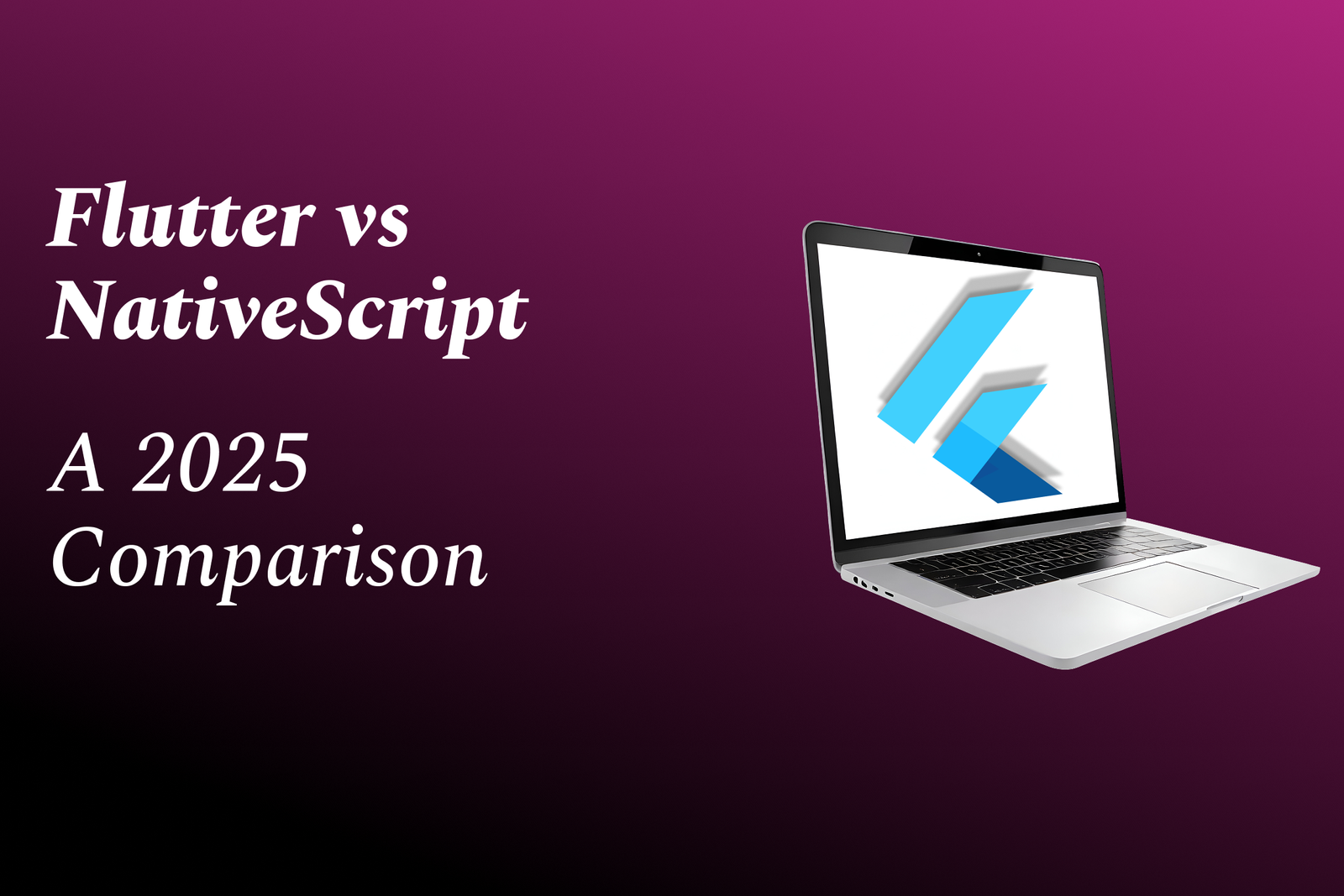Best Phase Of Manual Testing
The best phase of manual testing is the test execution phase, where testers actively run test cases
Best Phase Of Manual Testing
The best phase of manual testing is the test execution phase, as it is where the actual validation of the software takes place. During this phase, testers systematically run test cases to identify defects and ensure that the application functions as intended. This is crucial for detecting issues early, which can save time and resources in the development process. Additionally, test execution not only confirms that the software meets specified requirements but also evaluates the overall user experience, providing valuable insights that guide improvements. By thoroughly executing tests and capturing feedback, teams can deliver a robust and reliable product that meets user expectations and business goals.
To Download Our Brochure: https://www.justacademy.co/download-brochure-for-free
Message us for more information: +91 9987184296
The best phase of manual testing is the test execution phase, as it is where the actual validation of the software takes place. During this phase, testers systematically run test cases to identify defects and ensure that the application functions as intended. This is crucial for detecting issues early, which can save time and resources in the development process. Additionally, test execution not only confirms that the software meets specified requirements but also evaluates the overall user experience, providing valuable insights that guide improvements. By thoroughly executing tests and capturing feedback, teams can deliver a robust and reliable product that meets user expectations and business goals.
Course Overview
The “Best Phase of Manual Testing” course provides a comprehensive exploration of the critical test execution phase in the manual testing lifecycle. Participants will delve into essential strategies for effective test case execution, defect identification, and validation of application functionality. The course emphasizes the importance of this phase in ensuring software quality and enhancing user experience, equipping learners with practical skills to execute tests efficiently. Through real-time project simulations, students will gain hands-on experience, enabling them to apply their knowledge in real-world scenarios and understand the impact of thorough testing on successful software delivery. Ideal for aspiring testers and professionals seeking to enhance their manual testing expertise.
Course Description
The “Best Phase of Manual Testing” course offers in-depth insights into the crucial test execution phase of manual testing, focusing on effective strategies for test case execution, defect tracking, and application validation. Participants will learn how to identify issues, validate functionality, and ensure high-quality software delivery through hands-on projects. This course equips learners with the practical skills needed to excel in real-world testing scenarios, making it ideal for both aspiring testers and seasoned professionals looking to enhance their manual testing capabilities.
Key Features
1 - Comprehensive Tool Coverage: Provides hands-on training with a range of industry-standard testing tools, including Selenium, JIRA, LoadRunner, and TestRail.
2) Practical Exercises: Features real-world exercises and case studies to apply tools in various testing scenarios.
3) Interactive Learning: Includes interactive sessions with industry experts for personalized feedback and guidance.
4) Detailed Tutorials: Offers extensive tutorials and documentation on tool functionalities and best practices.
5) Advanced Techniques: Covers both fundamental and advanced techniques for using testing tools effectively.
6) Data Visualization: Integrates tools for visualizing test metrics and results, enhancing data interpretation and decision-making.
7) Tool Integration: Teaches how to integrate testing tools into the software development lifecycle for streamlined workflows.
8) Project-Based Learning: Focuses on project-based learning to build practical skills and create a portfolio of completed tasks.
9) Career Support: Provides resources and support for applying learned skills to real-world job scenarios, including resume building and interview preparation.
10) Up-to-Date Content: Ensures that course materials reflect the latest industry standards and tool updates.
Benefits of taking our course
Functional Tools
1 - Selenium
Selenium is one of the most widely used tools for web application testing. It provides a suite of tools to automate browsers, allowing manual testers to execute test cases in multiple browsers efficiently. With Selenium WebDriver, testers can write tests in various programming languages, including Java, C#, and Python. The tool supports functional testing and is highly versatile, enabling testers to perform both simple and complex test scenarios. Students will learn how to set up Selenium, write effective test scripts, and utilize its capabilities to improve testing productivity.
2) TestRail
TestRail is a comprehensive test management tool that helps teams manage, track, and organize their testing efforts. In the course, students will gain practical experience in creating and managing test cases, organizing projects, and tracking test results using TestRail. Its intuitive interface allows for seamless collaboration among team members, making it easier to report testing outcomes and progress. Understanding TestRail enhances a tester’s ability to maintain organized documentation and improve communication within testing teams.
3) JIRA
JIRA is a popular project management tool widely used for bug tracking and issue tracking in software development. In this training program, students will learn how to integrate JIRA into the manual testing process, effectively managing defects and features. The ability to create, prioritize, and assign issues in JIRA facilitates better collaboration between QA and development teams. Students will also discover how to leverage JIRA’s reporting features to analyze testing outcomes, track progress over time, and improve overall project visibility.
4) Postman
Postman is an essential tool for testing APIs. Participants will learn how to utilize Postman to create requests, test endpoints, and automate API testing processes. With its user friendly interface, manual testers can easily understand the flow of API interactions and validate responses without needing extensive programming knowledge. The course will cover techniques for testing RESTful services, ensuring students can effectively contribute to API testing efforts, which is increasingly crucial in modern software development.
5) SoapUI
SoapUI is another powerful tool for testing web services, specifically SOAP and REST APIs. In this training, students will explore how to create and execute functional tests using SoapUI. The tool also supports load testing and performance testing, allowing participants to assess how APIs perform under various conditions. Knowledge of SoapUI enriches a tester’s skills, making them capable of testing both traditional and modern web services, thus enhancing their proficiency in different testing contexts.
6) QTest
QTest is a modern test management tool that supports agile development environments. Students will learn how to create and manage test cases, execute tests, and track results using QTest. This tool facilitates collaboration among team members and provides real time insights into testing progress and test coverage. With features tailored for agile methodologies, such as sprint planning and reporting, participants will understand how to use QTest to manage testing in a fast paced development environment effectively.
Certainly! Here are additional points to further elaborate on each tool, helping to enhance the content for your company, JustAcademy:
Selenium
Cross Browser Testing: Selenium supports various web browsers, including Chrome, Firefox, and Safari, allowing testers to ensure consistent functionality across different platforms.
Integration with Other Tools: Students will discover how Selenium integrates seamlessly with tools like TestNG and JUnit for test case management and execution.
Grid Setup: The course covers setting up Selenium Grid to run tests concurrently across multiple environments, significantly reducing testing time.
TestRail
Customizable Fields and Templates: TestRail allows for extensive customization that helps tailor the testing process according to specific project needs.
Reporting and Analytics: Learn how to leverage TestRail’s powerful reporting features, which provide insights into test coverage and team performance metrics.
API Integration: Gain knowledge on how to utilize TestRail's API for automating test case management, thereby streamlining the QA process.
JIRA
Agile Workflow Management: Understand how JIRA supports agile methodologies with customizable workflows, making it easier to adapt to changes during the development process.
Plugins and Integration: Explore how to integrate JIRA with other tools such as Confluence for documentation and Bitbucket for version control, enhancing project collaboration.
Dashboards and Filters: Learn to create personalized dashboards and use advanced filtering options to focus on essential tasks and monitor project health.
Postman
Environment Management: Students will learn how to set up different environments for testing, making it easy to switch between production, staging, and development setups.
Collection Runner: Discover the Postman Collection Runner feature to execute batch requests and test workflows, making it easier for testers to manage repetitive testing tasks.
Mock Servers: Students will explore how to create mock servers to simulate responses, allowing frontend developers to work without a fully built backend.
SoapUI
Data Driven Testing: Learn how to conduct data driven tests using SoapUI, allowing testers to run tests with different data inputs and validate API behavior under various scenarios.
Security Testing: Discover the capabilities of SoapUI in performing security testing, including vulnerability assessments for web services.
Load and Performance Testing: Gain practical experience in creating performance tests with SoapUI to ensure that applications can handle varying loads.
QTest
Seamless CI/CD Integration: Learn how QTest can be integrated into Continuous Integration/Continuous Deployment (CI/CD) pipelines, enhancing automation in testing processes.
User Roles and Permissions: Understand how to manage user roles and permissions effectively within QTest to control access and streamline collaboration among team members.
Feedback and Collaboration Tools: Explore QTest's built in collaboration features that enable testers and developers to provide real time feedback on issues, improving overall project quality.
Additional Tools to Consider
Cucumber: Learn about behavior driven development (BDD) using Cucumber, which allows for writing tests in natural language for improved collaboration between development and QA.
Appium: Explore mobile testing capabilities using Appium, a versatile tool that allows testers to automate mobile apps across various platforms.
JMeter: Understand the importance of performance testing using JMeter, focusing on its ability to monitor application behavior under stress and load conditions.
By expanding on these tools and concepts, JustAcademy enhances the learner's experience and equips them with the necessary knowledge to excel in the field of manual testing.
Browse our course links : https://www.justacademy.co/all-courses
To Join our FREE DEMO Session:
This information is sourced from JustAcademy
Contact Info:
Roshan Chaturvedi
Message us on Whatsapp:
Email id: info@justacademy.co
Best Ide Fro React Native
flutter course download FREE
Flutter Effect
Ultimate Guide to the Best Phases of Manual Testing for Software Quality Assurance
Essential Phases of Manual Testing for Optimal Software Quality Assurance
Top Phases of Manual Testing That Ensure Software Quality
Essential Phases of Manual Testing for Superior Software Quality











